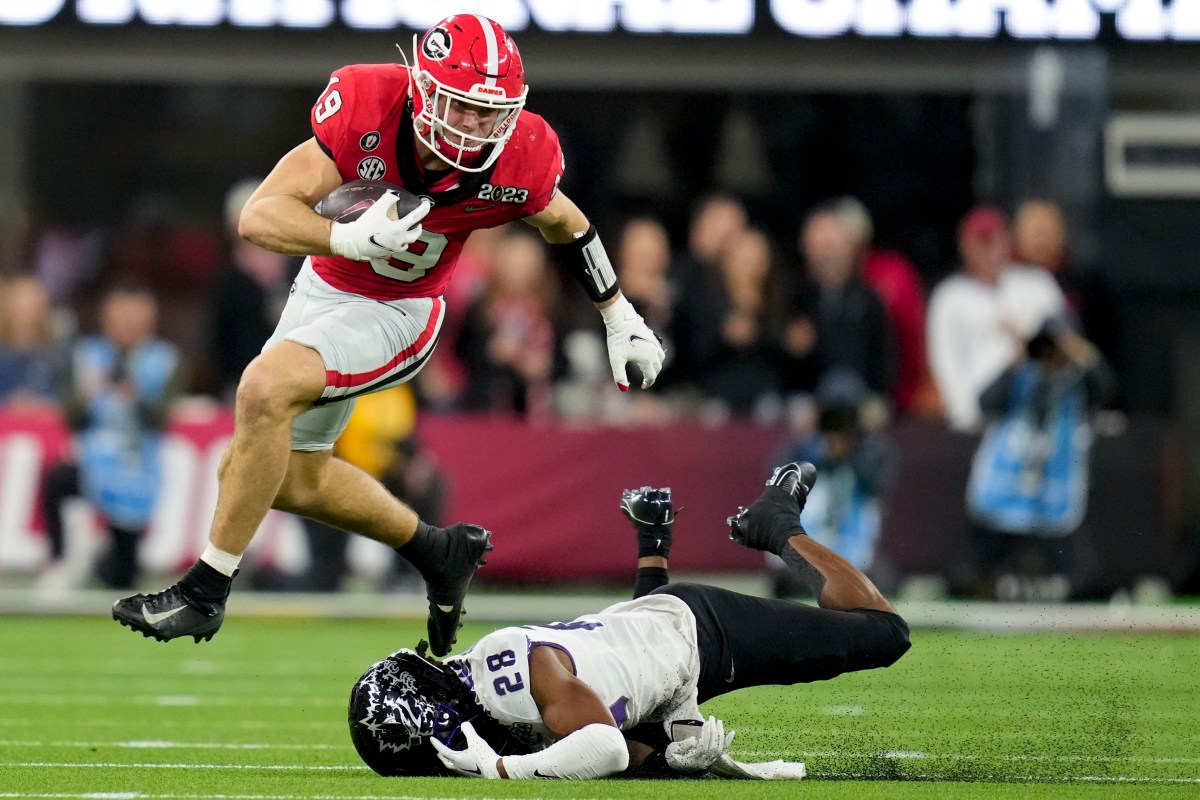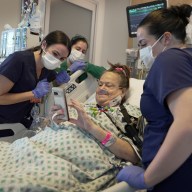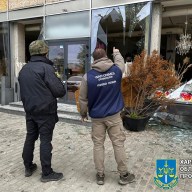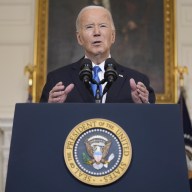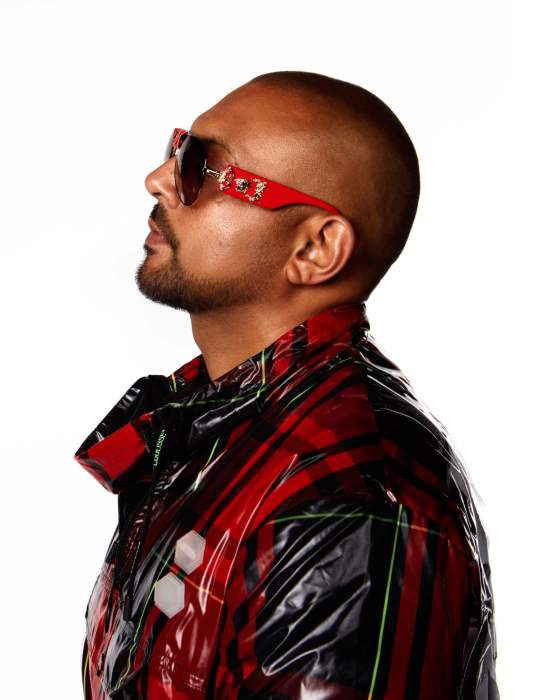DEH-E BAGH, Afghanistan – A shura in a “model village” south of Kandahar city on Tuesday marked the debut of a key part of Canada’s strategy to move away from a hard-edged combat role in Afghanistan toward one of co-operative aid and reconstruction.
The aim is to empower small communities to flourish in a secure environment in preparation for the end of Canada’s military mission in 2011.
“This is a logical turning point in Canadian operations in Afghanistan as a result of a number of years of work,” said Brig.-Gen. Jonathan Vance, senior NATO commander in Kandahar province.
“The mission can transition to where we can focus more effort on reconstruction, development and governance.”
For more than a month, Canadian soldiers have quietly overseen the reconstruction of a district centre in the village, hired more than 100 Afghans to work on an irrigation canal and put up a few solar-powered street lights at a new square just outside the centre.
The idea is to soon move on to modest but tangible construction projects in another village, with the hope of creating an insurgent-free zone on the approaches to Kandahar city itself.
“Over time and with lots of hard work, the insurgency will gradually become less and less relevant to this part of the country,” Vance said.
The carefully orchestrated shura, or public community meeting, featured Canadian and Kandahari dignitaries as well as elders of the village of Deh-e Bagh.
But the event also highlighted the risks of the unconventional strategy – one of which is raised expectations.
Dand district chief Ahamadullah Nazak thanked the Canadians for their help but quickly added a long list of requests for the village, just one of 135 in Dand.
The residents want electricity, paved roads, factories, clinics for people and animals, better security, canals cleared and a flour mill, Nazak said.
“We are waiting impatiently,” he said. “The people have a big hope.”
Kandahar Gov. Tooryalai Wesa, an Afghan-Canadian who rolled into the shura in a convoy of Toyota 4x4s accompanied by private security guards from a British-based company, noted Deh-e Bagh was not “the end of the program.”
Prevailing wisdom among Canadians here is that one should never make a promise because Afghans take broken or unfulfilled pledges badly.
Ken Lewis, Ottawa’s representative in Kandahar, conceded Afghan expectations were high. However, he said, it showed satisfaction with what Canada was doing.
Following the shura, the officials went for a rare walkabout outside the main gate of the fortified district centre to see the freshly minted and street-lit square, where a few dozen excited locals, many children, happily mobbed them.
Canadian and Afghan forces kept a relatively low profile, although they sealed off the roads leading to the area.
While some locals insisted Deh-e Bagh was insurgent free, others admitted the Taliban were good at blending in with the local population and security remained a concern.
“I am sure there are some Taliban, but they hide,” said a storekeeper.
Just three months ago, a suicide bomber in an Afghan police uniform walked into the district centre past Canadian soldiers in the front courtyard, went upstairs and blew himself up. The bombing killed several Afghan police and blew out the walls of the second floor.
As the dignitaries returned to the centre, a shoving match between two Afghan teens led to a down-and-out brawl between them. An angry Afghan police officer used his stick to separate the miscreants while military public affairs officers rushed reporters back into the compound.

